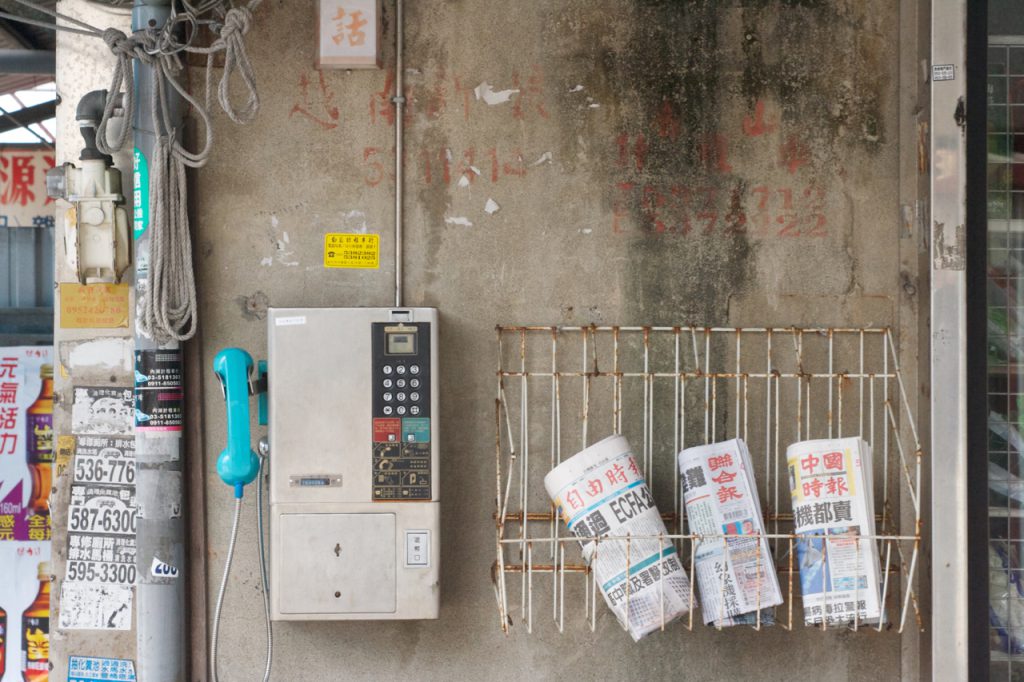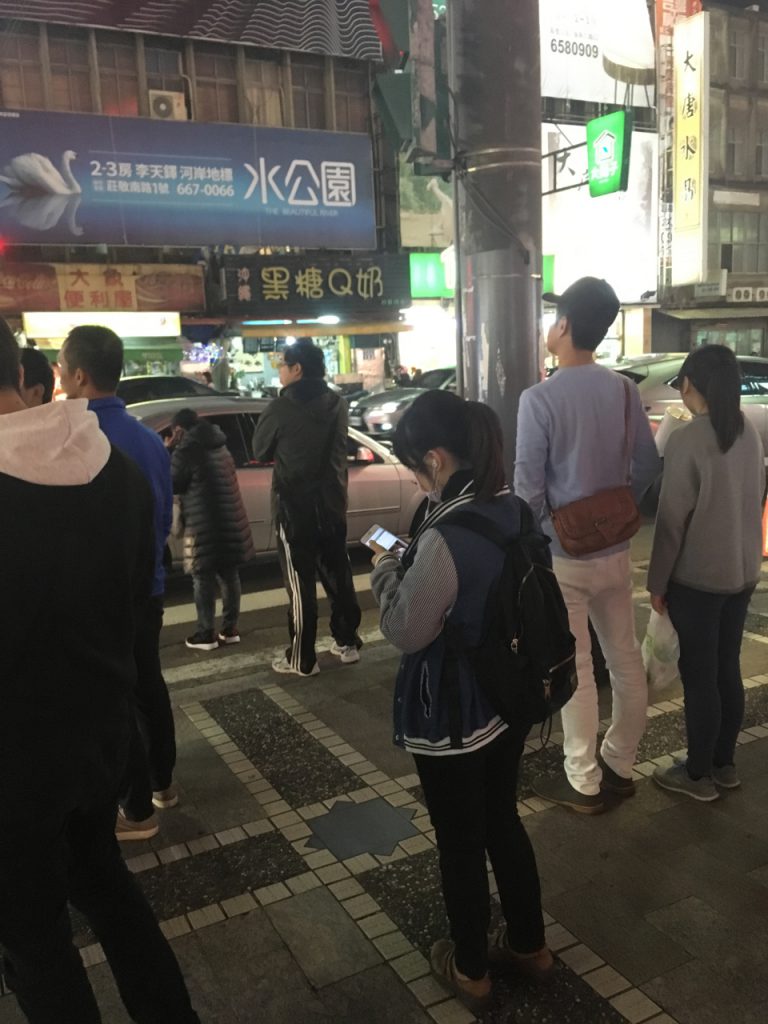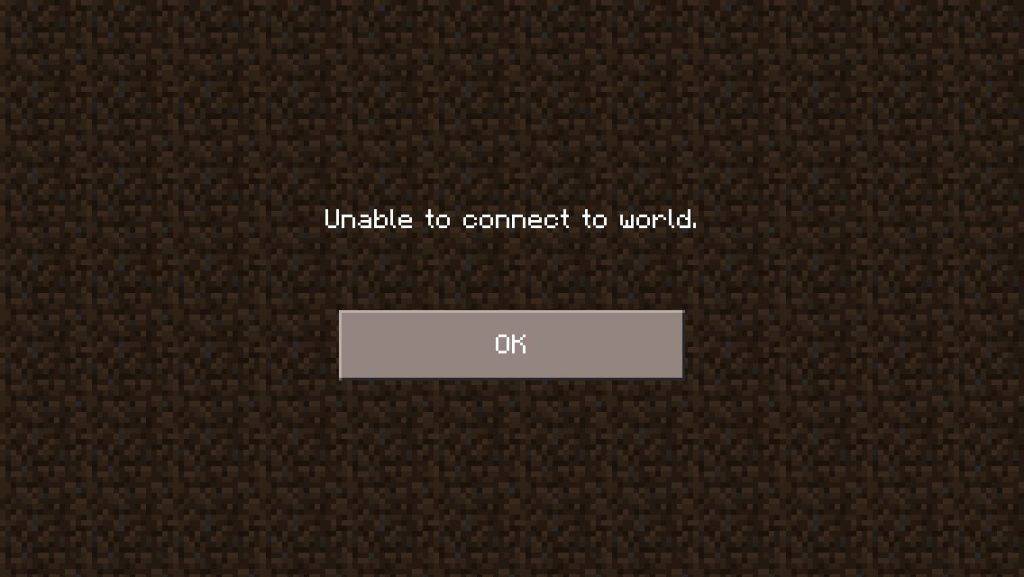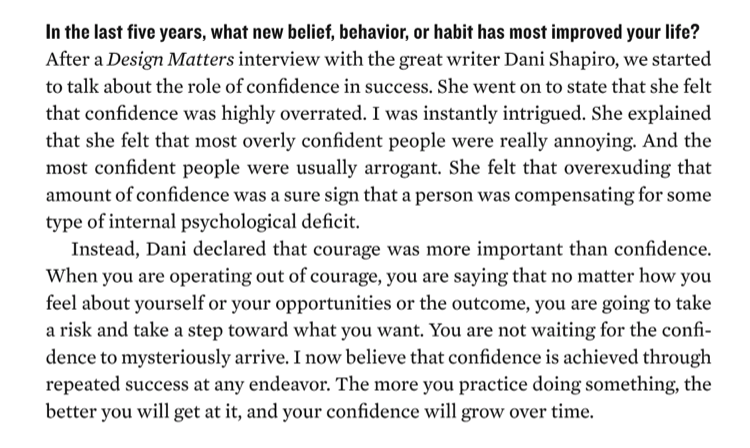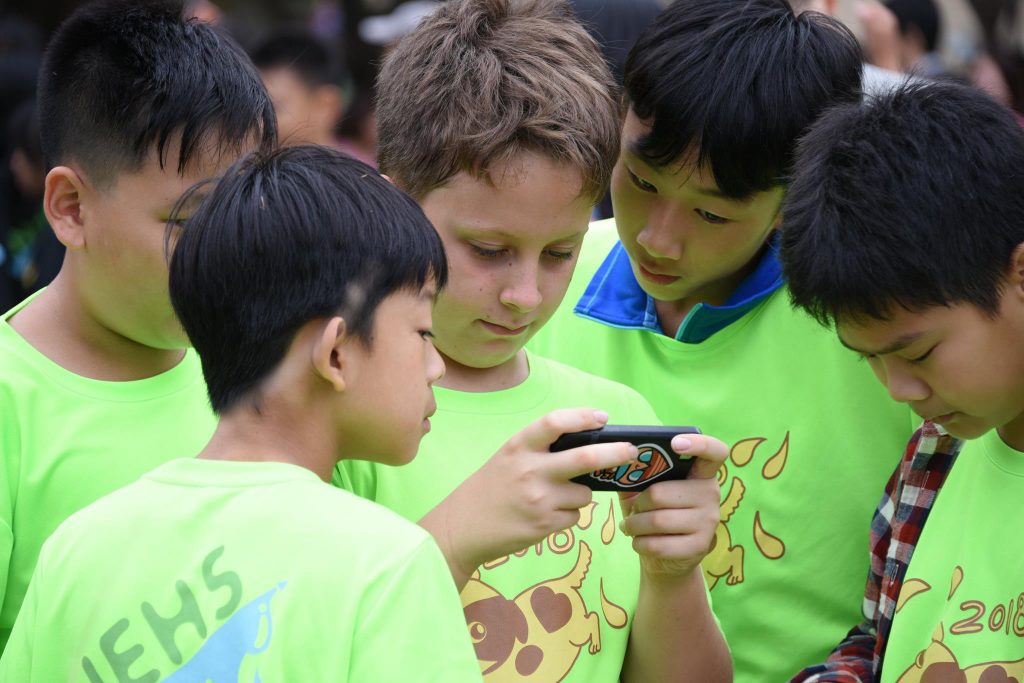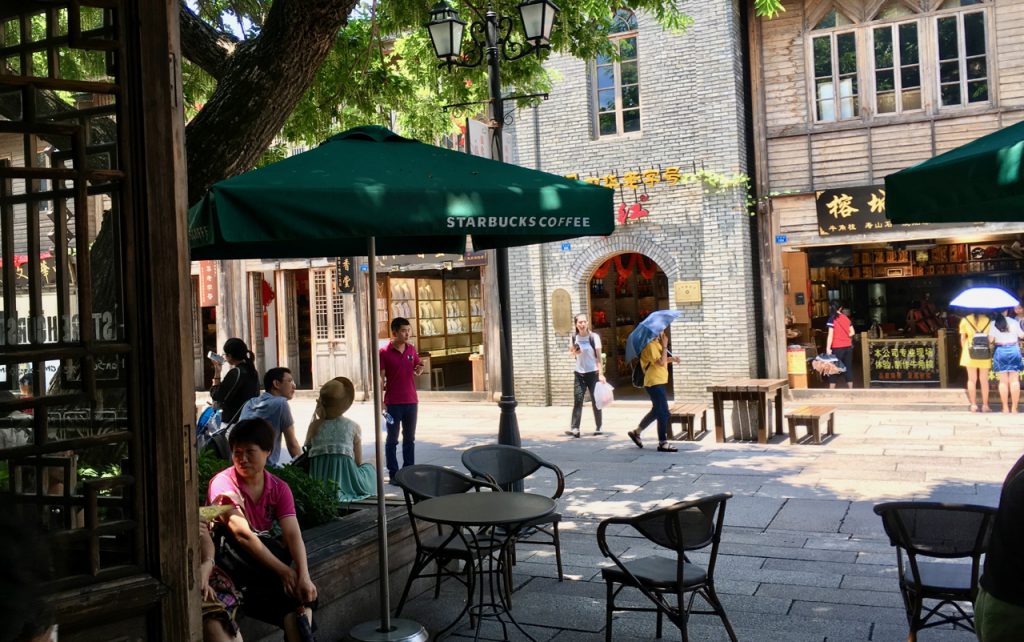
Waiting for my order at Starbucks in Fuzhou. It was hard to find good coffee there and I would have to rely on Starbucks for a Latte fix. Unfortunately the milk they use would often cause problems.
I have been back in Hsinchu since July, staying under the radar, as I often do, but have been asked on a number of occasions what I have been doing to keep myself busy. As is also often the case my responses have gone off in all kinds of directions – my conversations are still often like hypertext and it takes effort to focus.
Though it was only official in September, I left NetDragon at the end of June, immediately packed my bags, and got out of Fujian as fast as Cathay would take me. Which as it turned out wasn’t that fast, as I had a layover in Hong Kong. I had been thinking about writing about the experience but I have decided that there is little point in sharing much of the details. If we think of companies as products, like Apple reportedly does, NetDragon ticked all the boxes, the feature list was long, but like so many tech. products the actual experience was poor. Poor to the point that I wasn’t going to achieve what I set out to do. There are some good people there and I worked on some interesting things, but over the long term it just wasn’t worth being away from my family. As I get older I have less patience for wasting my time, our greatest commodity.
Now, I am taking a risk by spending time on pursuing something different. I would like to say that it’s all puppies and pizza but it isn’t. It’s hard, frustrating, and very often boring. Through a combination of books, online courseware, and tutorials I have been spending my days learning programming with Swift. I’ve taken programming classes in the past, worked on apps. in Xcode, and did a lot web development, but with the exception of mark-up languages I was at best a hack. A cut’n’paster. So I am giving myself 4 – 6 months to see how far I can advance with my studies. To be honest I am not making great progress, boring tasks plant the seeds of procrastination, but I’m not ready to quit yet.
Lastly, I started with Sheryl a new company. It’s called Smart Bean, and I see it is as a new kind of family business, with everyone involved in it’s success. It’s akin to stalls at the farmers market, a breakfast shop in Hsinchu, or what younger, more hip people than myself, call a side hustle. When I was a musician we called it surviving. Though it’s my main focus in the months to come we don’t have grand ambitions like so many start-ups you read about in tech blogs. We just want to work hard at something that’s fun to do and hopefully be rewarded with experience and enough business success to smooth out the rough spots as we transition away from Taiwan. Our company has an educational product focus with Apple’s iOS being our platform of choice, for now. The iOS app business feels like the “Pro Blog” trend of past and we are going in realizing that it’s very difficult for a small independent developer to make money. I think it’s fun to be working on the whole product development stack, not just writing reports or managing the work of others.
Other than that, it’s great to see my kids everyday again. I spent the better part of a year in China and Canada, and visits were sparse. I’ve had to lay off running for a while but I’ve been training and hope to be running again ASAP. Now that the heat has gone, Hsinchu is a pretty decent place to be right now.
